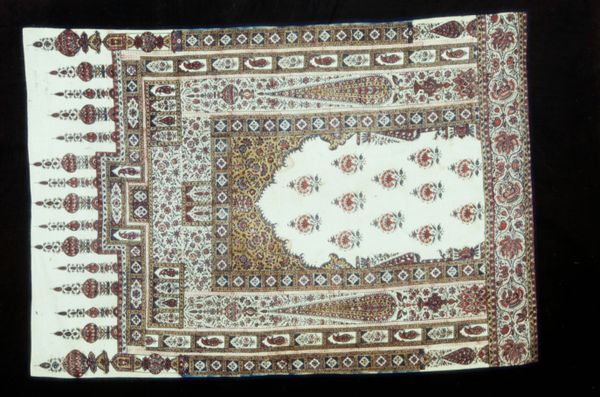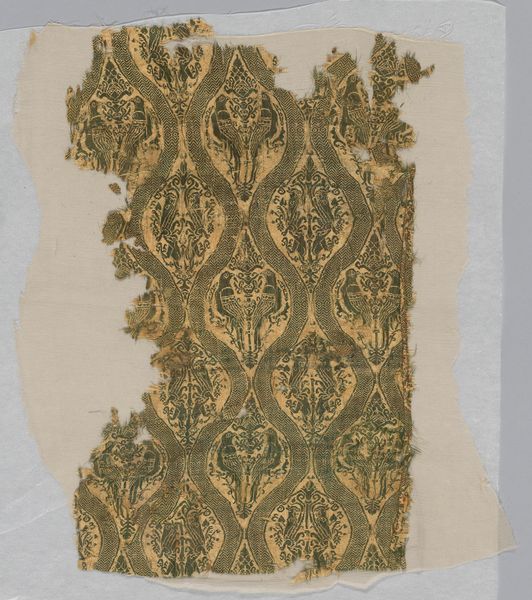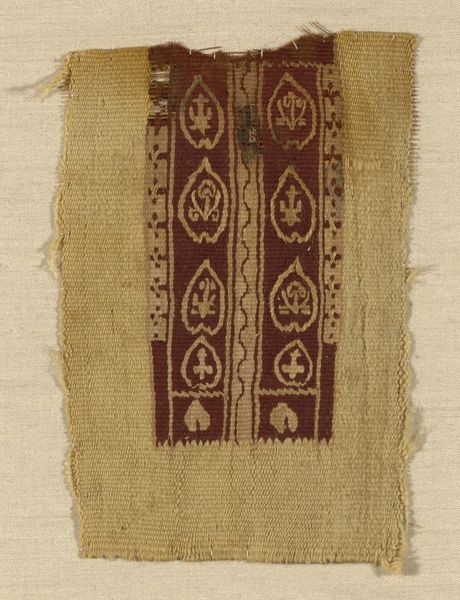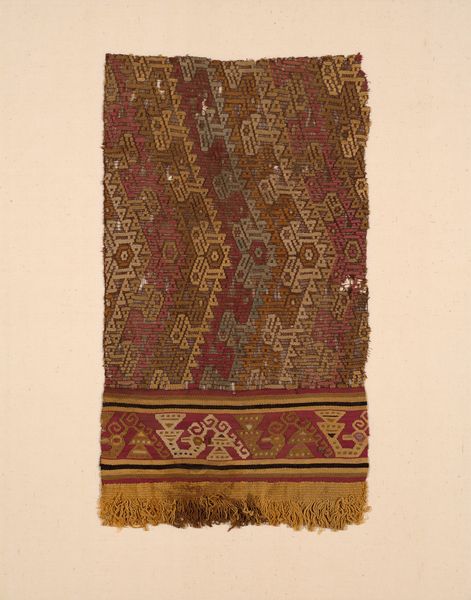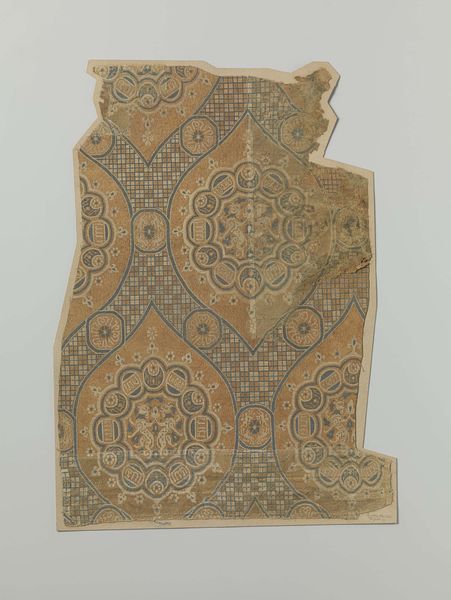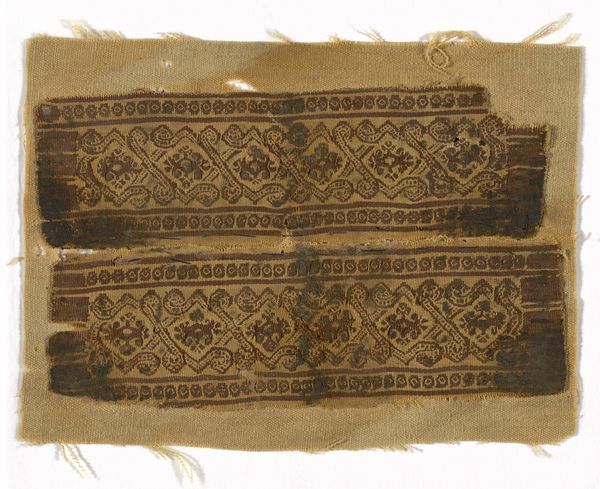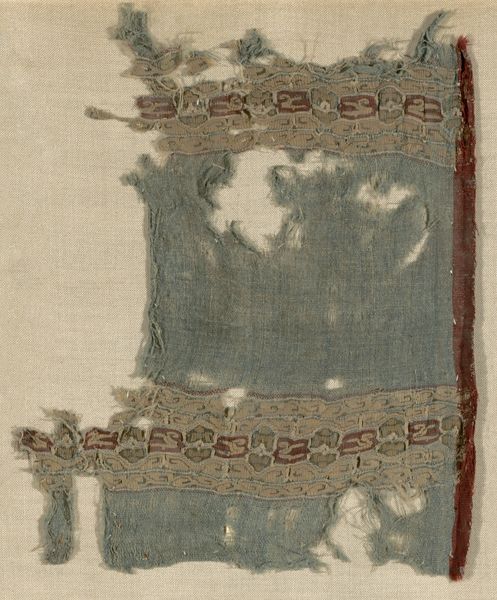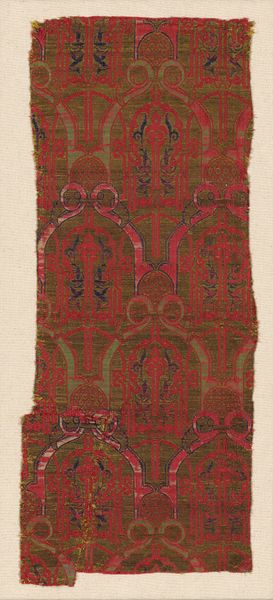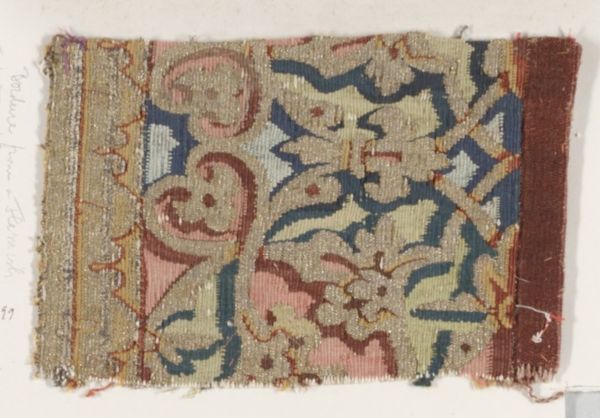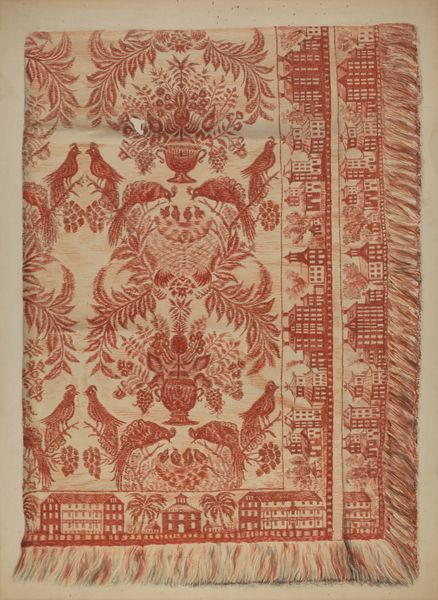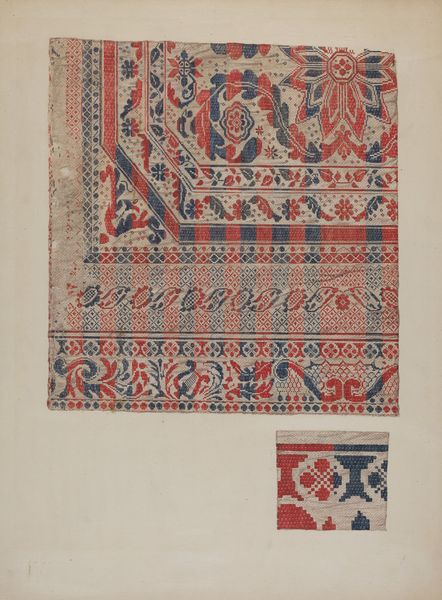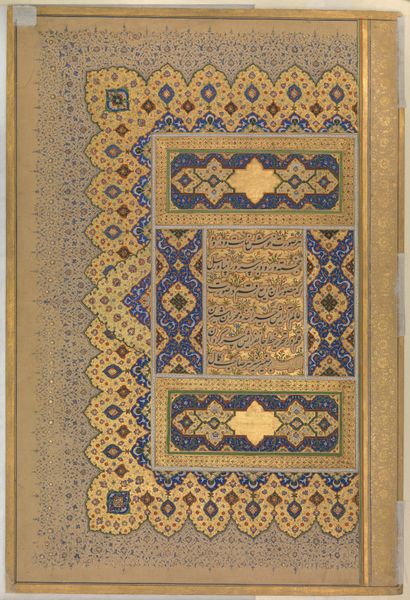
mixed-media, gold, ink
#
mixed-media
#
gold
#
ink
#
islamic-art
#
mixed medium
#
mixed media
#
miniature
#
calligraphy
Dimensions: H. 10 1/8 in. (25.7 cm) W. 7 1/2 in. (19 cm)
Copyright: Public Domain
Editor: Here we have a "Folio from a Qur'an Manuscript" created between 1112 and 1162, attributed to Muhammad al-Zanjani. It's crafted with ink, gold, and mixed media. The delicate script and gilded patterns create such a rich surface, yet it's clearly fragmented. What can you tell us about this work? Curator: The fragmented nature is key. How many hands contributed to this manuscript's creation, from the scribe to those who prepared the parchment and mixed the inks? And how was labor organized around manuscript production during this time? What does this suggest about trade routes and access to materials like gold in that region? Editor: I hadn't considered the materials in that light before. I was mostly struck by the aesthetic quality. Curator: Consider the gold—where did it come from? Who mined it? The value we place on "Islamic art" often obscures the processes of extraction, trade, and craftsmanship inherent in its creation. These details, often invisible, offer insight into the political and economic structures of the time. Was the calligraphy done at the same location where they mined the gold? Was it all the same workshop? Editor: So you’re suggesting that appreciating the manuscript fully means understanding not just the artistic skill but also the network of labor and resource extraction that made it possible. I'd naively thought more about the artistic merit without considering these aspects. Curator: Exactly. The artistry and religious significance were intertwined with a whole economic system. By analyzing the materials and their origins, we reveal so much about medieval society beyond simply appreciating its aesthetics. The fragment itself hints at the manuscript's life through handling, use, and eventual fragmentation – it tells a story of consumption too. Editor: This perspective completely changes how I see the artwork. I'll definitely be thinking more about materials and labor in future analyses!
Comments
No comments
Be the first to comment and join the conversation on the ultimate creative platform.
